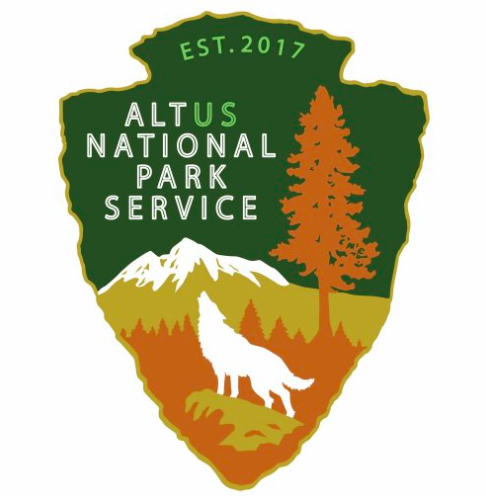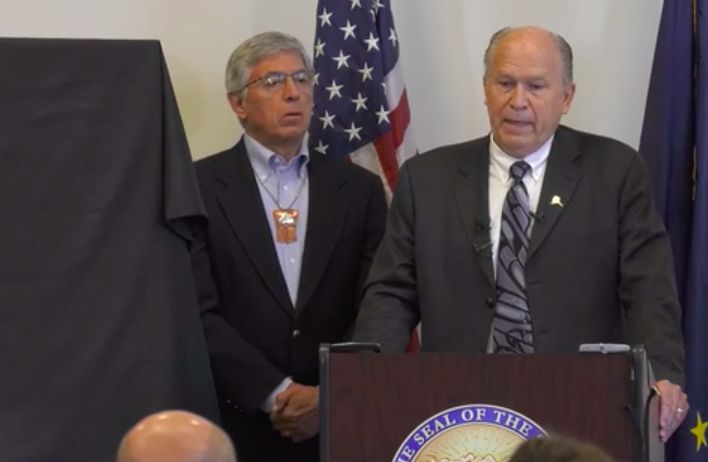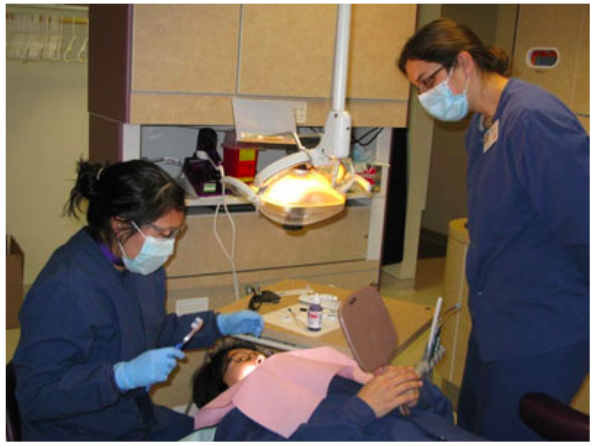RESIGNATION OF JUDGE KOZINSKI PROVIDES NEW OPPORTUNITY
BY BRUCE FROHNEN
GUEST COMMENTARY
The resignation of Appellate Judge Alex Kozinski amid charges of sexual misconduct spanning three decades provides more proof that the 9th Circuit Court of Appeals is unmanageable. Whatever one makes of the allegations (ranging from groping to showing pornography to clerks and others), their sheer extent and duration indicate a level of administrative chaos in keeping with the court’s general anarchy, and its undermining of judicial process.

Congress must finally accept the decision reached 40 years ago by its Commission on Revision of the Federal Court Appellate System: The 9th Circuit must be split up. The current situation harms litigants, including accused criminals and victims awaiting final disposition of their cases, along with the businesses, civil associations, and local governments that depend on clear, consistent, and known rules.
62 million people — more than a fifth of all Americans — in nine states, plus Guam and the Northern Mariana Islands, reside in the 9th, which is just one of 12 appellate court districts;
The 9th has the most appellate court judges of any Circuit (29) yet, because of its crushing caseload, consistently has among the most overworked judges on the federal bench;
Litigants in the 9th must on average wait more than 15 months for their appeals to make their way to a final resolution — longer than in any other circuit. There are also too many judges in the 9th for them to hear cases as a group. Such “en banc” hearings in the 9th include only 11 random judges, causing inconsistency and confusion.
This last fact is too often overlooked. The U.S. Supreme Court, along with most every other appellate and state Supreme Court, hears important cases as a single group. This allows for the exchange of ideas, experience, and simple interpersonal contact essential to develop collegiality, reduce tensions, and promote rationality and compromise. Moreover, only an en banc decision can overturn decisions of the Circuit’s typical 3 judge panels. When “en banc” means merely “11 random judges,” the resulting precedent is weak and may be “re-overturned” by a different panel of 11 judges. This creates inefficiency and doubt in applying rules of law to specific cases.
But how, precisely, should Congress reshape the 9th? Attempts to split California between Circuits to dilute its overpowering population and influence run afoul of political realities and rightful claims of state integrity, as does any “California Circuit.” Instead, Congress should pair California with Nevada in a new, two-state 13th Circuit, combining common concerns like gaming, land, and water use, with demographic and ideological diversity. A new, more cohesive 12th Circuit should include Washington, Oregon, Idaho, and Montana. And Arizona should be freed from the 9th, where its inland Western interests are overshadowed, and placed within the current 10th Circuit.
Most important, we should move the current 9th Circuit “offshore” to Anchorage, Alaska. Alaska, Hawaii, and U.S. territories including Guam, the Northern Marianas, Puerto Rico, and the U.S. Virgin Islands, face legal issues too often ignored today. Most of the people in these “non-contiguous jurisdictions” belong to racial and ethnic minority groups, and their cases often concern issues of maritime law crucial to our economy. Yet, they too often are lost within the crowded dockets of three separate Circuits.
True, the new 9th Circuit would cover a vast swath of territory. But average travel times would not increase. The flight time between Puerto Rico and Anchorage is two hours less than that between Guam and San Francisco, where the current 9th is based. Moreover, geographic proximity is not the central problem, here, but rather workload and judges’ attention.
New judicial appointments would be necessary, as would be a rule limiting the number of judges serving on any Circuit to 18 — itself a long stretch for an en banc hearing. Whenever it becomes necessary for more judges within a circuit, the answer should not be to increase the number of judges, but to split the circuit.
Finally, given recent problems in the 9th, it seems best to allow all circuit precedent to be treated as persisting in the new 9th, 12th, and 13th Circuits.
Congress can, and should, increase access to justice through timely appeals and meaningful en banc review, as well as greater attention to underdeveloped areas of law, by reducing the 9th Circuit to a more human, and humane, scale.
Bruce Frohnen is Ella and Ernest Fisher Professor of Law at the Ohio Northern University College of Law.






